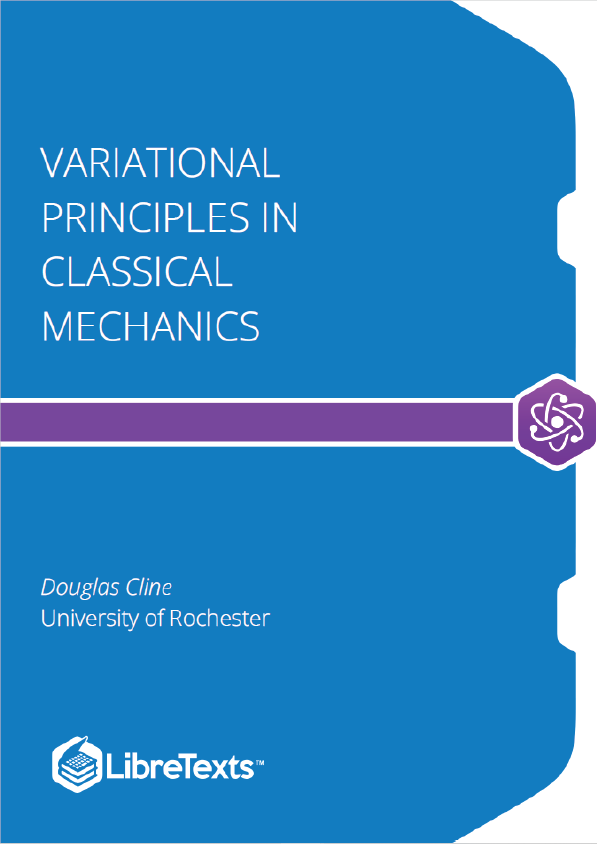This book treats optics at the level of students in the later stage of their bachelor or the beginning of their master. It is assumed that the student is familiar with Maxwell’s equations. Although the book takes account of the fact that optics is part of electromagnetism, special emphasis is put on the usefulness of approximate models of optics, their hierarchy and limits of validity. Approximate models such as geometrical optics and paraxial geometrical optics are treated extensively and applied to image formation by the human eye, the microscope and the telescope.
What You Should Know and be able to do After Studying This Chapter
This chapter is about Maxwell’s equations and is a prerequisite for the rest of the book. It is assumed that the reader is already familiar with electromagnetism at the bachelor level. Therefore the treatments of Maxwell’s equations in matter, boundary conditions at interfaces, electromagnetic energy, the field of an electric dipole and the reflection and transmission at an interface are rather concise. After studying this chapter you should
know and be able to
- Derive the scalar wave equation for the electromagnetic field components from Maxwell’s equations.
- Work with the complex notation of time harmonic fields.
- Understand time harmonic plane waves, spherical waves and the concept of wave fronts.
- Know the main properties of the field radiated by an electric dipole as the fundamental solution of Maxwell’s equations.
- Qualitatively understand the far field radiation pattern of en electric dipole (you do not need to know the formulas).
- Derive long-time averages of products of time-harmonic functions.
- Compute the rate of energy flow using the Poynting vector and its long-time average. (The derivation of the law of conservation of energy is not part of the examination).
- Understand the method of deriving the reflection and transmission of an incident plane wave at an interface by separating in sand p-polarized states. The formulas for the Fresnel coefficients do not have to be known by hart.
- Understand the Brewster angle, total internal reflection and evanescent waves.
- Understand the principle of the guiding of electromagnetic waves.
Electromagnetic Theory of Optics and Quantum Optics
Maxwell’s equations provide a very complete description of light, which includes diffraction, interference and polarisation. Yet it is strictly speaking not fully accurate, because it allows monochromatic electromagnetic waves to carry any amount of energy, whereas according to quantum optics the energy is quantised.











